As we approach the end of 2021, many organisations will be thinking about appraisals. Whilst employees and management alike may not always look forward to them, appraisals can significantly contribute to success, when done correctly.
But why stop at reviewing employee performance? Why not consider overhauling your entire appraisal process too? VinciWorks has recently launched the new Omnitrack HR Suite, which includes an employee appraisal solution. The customisable workflow encourages employees to evaluate their performance against company values and goals. Its structure also guides in-person meetings and can be used to record areas for improvement.
Before looking closer at the Omnitrack appraisal tool features, this blog will outline some objectives of the appraisal process and explain why static forms or spreadsheets are not the answer.
The importance of appraisals
A well-executed appraisal process should enable managers to thoroughly assess employee performance over the course of a review period. Reviews should be based on objective criteria, and lead to the identification of any obstacles preventing optimum performance. Once identified, staff and managers should work together and plan practical ways to resolve issues, whether developmental, motivational or interpersonal.
The appraisal process can also be an opportunity to highlight significant achievements and, if appropriate, discuss raises and promotions. It is also a chance to formulate new goals. Employees and managers should try to agree on specific goals to aid individual development in a way that can be measured in the next appraisal. The thoughtfully structured goals should also be linked to the company’s objectives.
The problem with static forms
Management and HR may appreciate the importance of appraisals. But they may be unaware that their current process is simply not helping them reap the benefits described above. Reviewing past performance, and planning for the future, should be a dynamic process. But this isn’t reflected in a typical review.
Ordinarily, a static self-assessment form is sent to an employee, prior to an in-person meeting. Their manager might send some comments ahead of the meeting, or the form may simply be used as a starting point for their discussion. In any event, the appraisal form is often forgotten as soon as the employee leaves the meeting, which means goals set for the next year are not thought about on a day-to-day basis.
This method also presents problems for management and HR. If static forms are only completed by appraisees, without feedback from other team members, appraisers aren’t getting the full picture of employees’ performances. An appraisal process that doesn’t utilise a software tool also makes it harder to analyse trends across a company (such as low morale or skills gaps), as information collected isn’t stored centrally. This issue is exacerbated if the criteria against which employees are assessed is not consistent across departments.
The Omnitrack appraisal journey
Given the importance of the appraisal process described above, companies should aim to avoid these problems by using a centralised data collection and reporting system. Omnitrack’s appraisal tool is the perfect solution to ensure you conduct meaningful end of year reviews. Below are the main stages in undertaking an appraisal with Omnitrack.
Stage one: self-assessment
The employee is sent a form to assess their performance against general criteria and company objectives. The form builder checklist means they are only assessed against criteria relevant to their role.
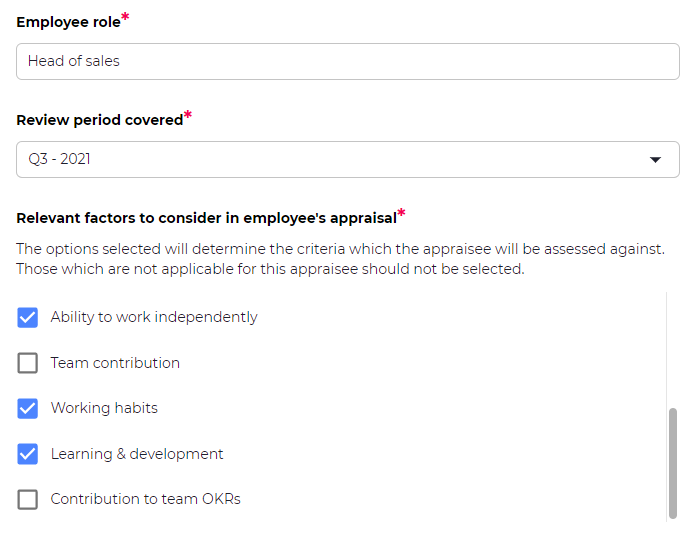
Stage two: manager review
A system admin (i.e. a manager) receives a notification to review the employee’s form. They can view the entire submission or a snapshot of key points. The admin then adds their own ratings and comments to the employee’s answers.
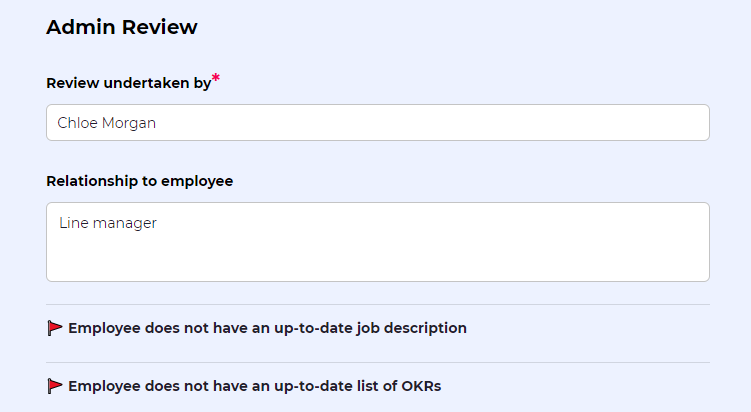
The manager can also invite additional users to supplement the appraisal with peer reviews, so feedback will be based on the input of a range of people.
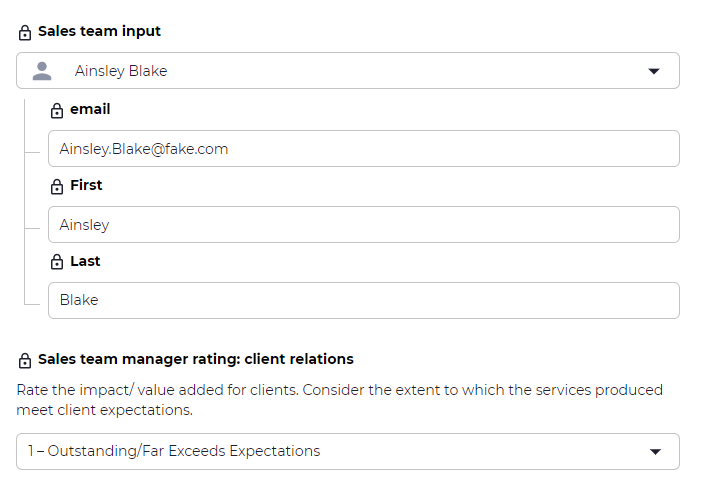
Stage three: in-person review
The manager updates the form completing both:
- Private notes in admin-fields, with end-user visibility restricted
- Follow-up tasks or areas for improvement in read-only fields, visible to end-users
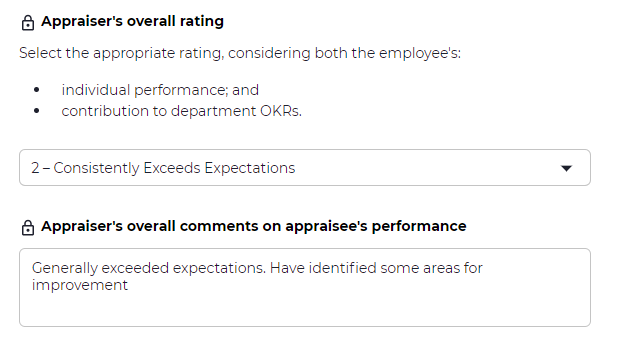
Stage four: continual focus on improvement
Automated reminders can be used to notify an employee to consider their goals periodically, not just during appraisal season.
A graphical dashboard allows management and HR to spot trends across the company.
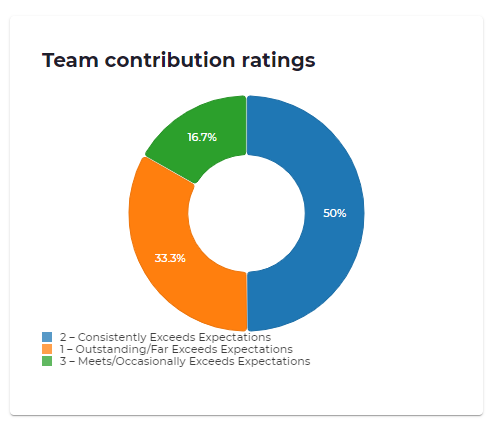
The questions in the images above can all be customised to suit your organisation’s needs. However you wish to review performance, VinciWorks’ system can help you achieve a process that is fair for employees, provides clarity to supervisors and supports HR in guiding the process.
Plan for a high-performing 2022: contact us to book a demo
Complete the short form below to book a demo.








